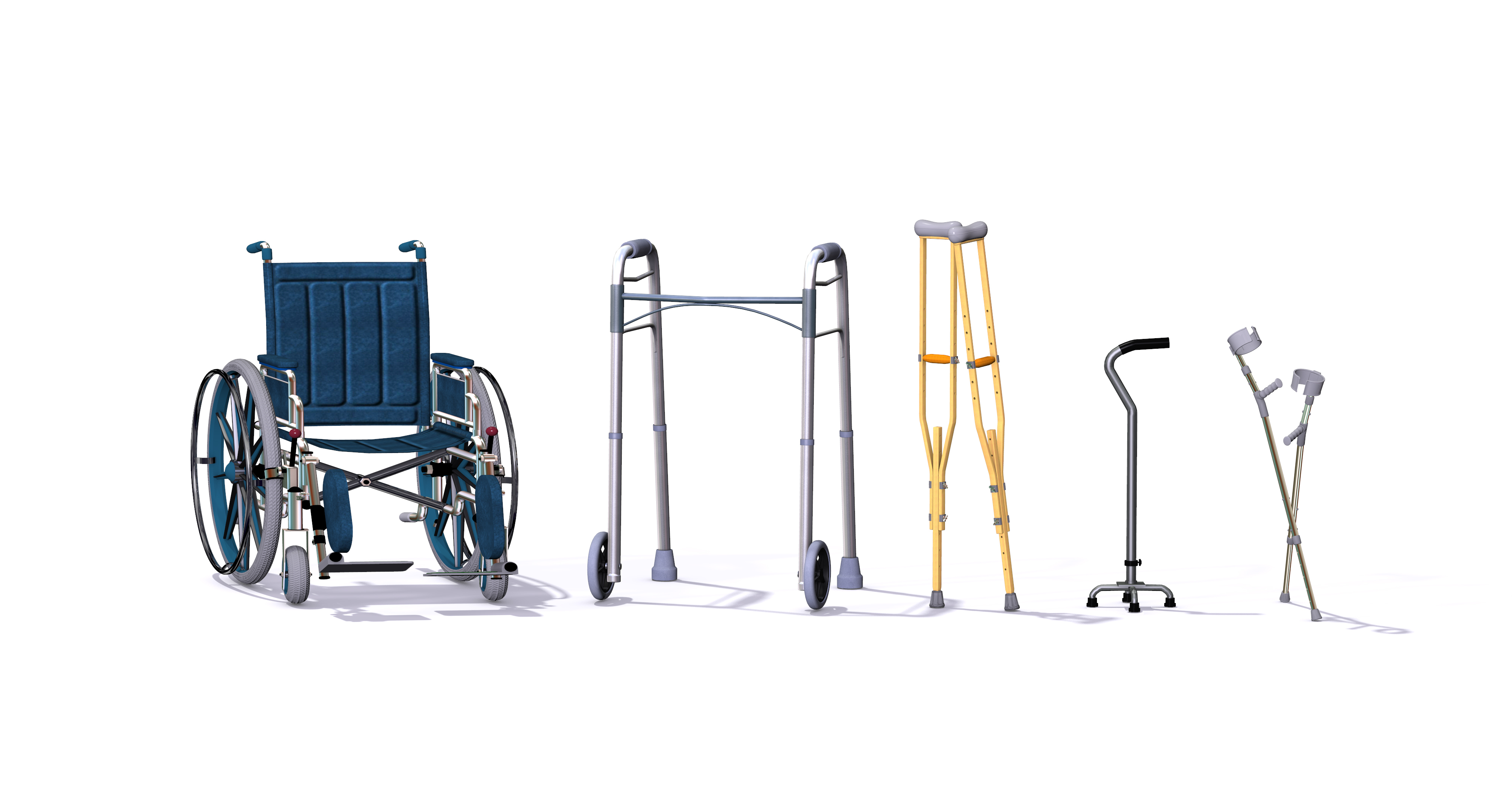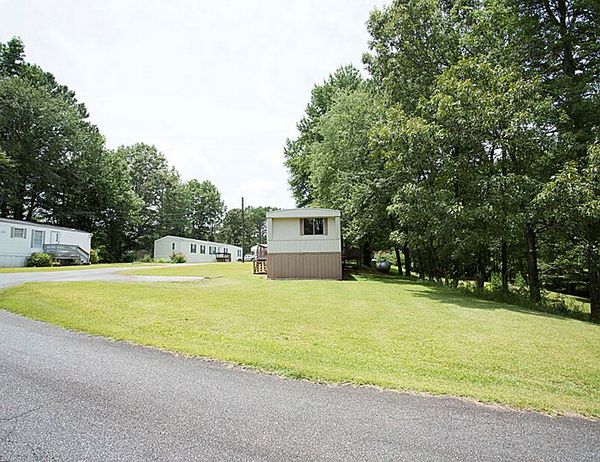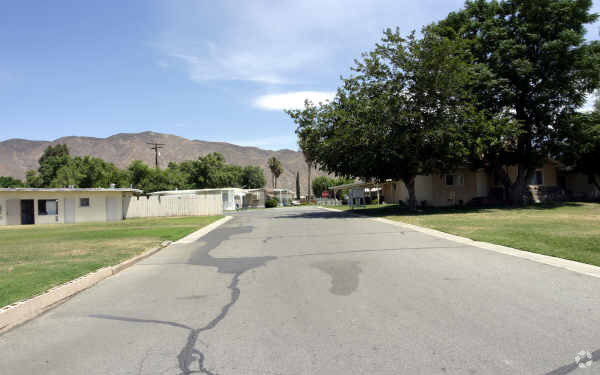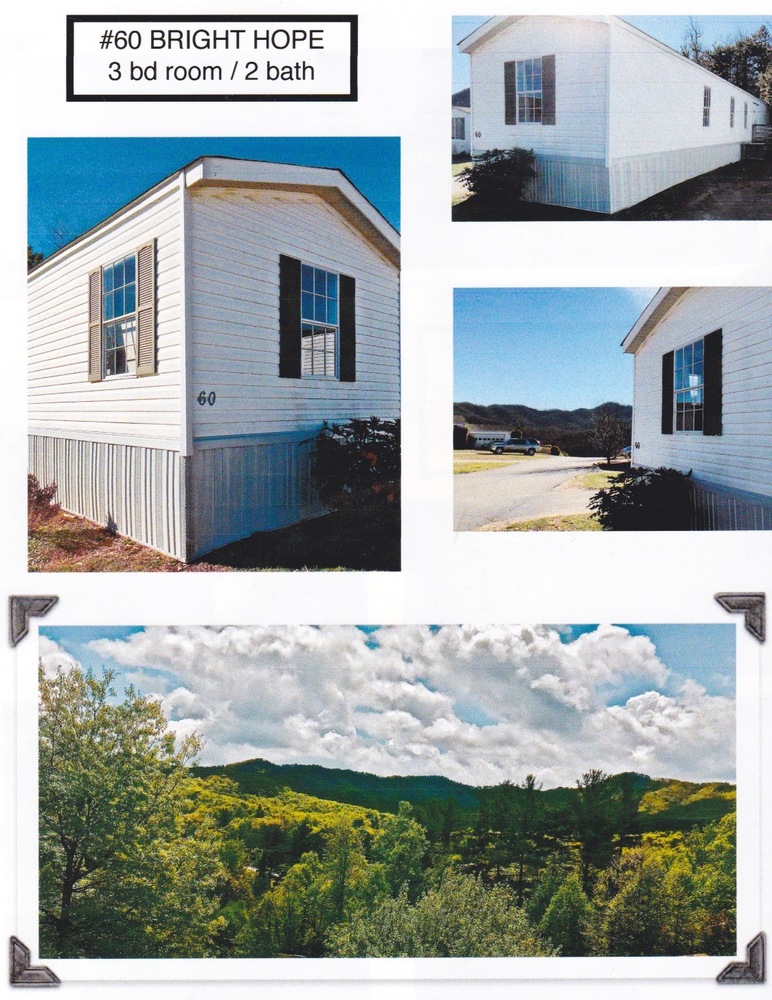Table of Content
The tests took place at a time of day during which the entire transatlantic path was in daylight. At this medium wavelength, long-distance transmission in the daytime is not possible because of heavy absorption of the skywave in the ionosphere. It was not a blind test; Marconi knew in advance to listen for a repetitive signal of three clicks, signifying the Morse code letter S. There was no independent confirmation of the reported reception, and the transmissions were difficult to distinguish from atmospheric noise.

By this point, he concluded that a device could become capable of spanning greater distances, with additional funding and research, and would prove valuable both commercially and militarily. Marconi's experimental apparatus proved to be the first engineering-complete, commercially successful radio transmission system. There was a great deal of interest in radio waves in the physics community, but this interest was in the scientific phenomenon, not in its potential as a communication method.
Marconi Homes for Sale
We supply, operate and ensure the security of transmission and communication technologies. With the experience of a system integrator, we build, operate and service public administration networks.
However, consistent transatlantic signalling was difficult to establish. In the summer of 1895, Marconi moved his experiments outdoors on his father's estate in Bologna. He tried different arrangements and shapes of antenna but even with improvements he was able to transmit signals only up to one half-mile, a distance Oliver Lodge had predicted in 1894 as the maximum transmission distance for radio waves. ; 25 April 1874 – 20 July 1937) was an Italian inventor and electrical engineer, known for his creation of a practical radio wave-based wireless telegraph system. This led to Marconi being credited as the inventor of radio, and he shared the 1909 Nobel Prize in Physics with Karl Ferdinand Braun "in recognition of their contributions to the development of wireless telegraphy". Marconi began to build high-powered stations on both sides of the Atlantic to communicate with ships at sea, in competition with other inventors.
TTC MARCONI at the Career Day of the Secondary School of Automotive and Informatics
Marconi did not attend school as a child and did not go on to formal higher education. Instead, he learned chemistry, mathematics, and physics at home from a series of private tutors hired by his parents. His family hired additional tutors for Guglielmo in the winter when they would leave Bologna for the warmer climate of Tuscany or Florence. Marconi noted an important mentor was professor Vincenzo Rosa, a high school physics teacher in Livorno. Rosa taught the 17-year-old Marconi the basics of physical phenomena as well as new theories on electricity.
(He spoke fluent English in addition to Italian.) Marconi arrived at Dover, and the Customs officer opened his case to find various apparatus. While there, Marconi gained the interest and support of William Preece, the Chief Electrical Engineer of the General Post Office . At the age of 20, Marconi began to conduct experiments in radio waves, building much of his own equipment in the attic of his home at the Villa Griffone in Pontecchio , Italy, with the help of his butler, Mignani.
Dal 2004 la prima Università digitale italiana.I nostri Studenti il nostro biglietto da visita.
At the age of 18 and back in Bologna, Marconi became acquainted with University of Bologna physicist Augusto Righi, who had done research on Heinrich Hertz's work. Righi permitted Marconi to attend lectures at the university and also to use the University's laboratory and library. Marconi Beach in Wellfleet, Massachusetts, part of the Cape Cod National Seashore, located near the site of his first transatlantic wireless signal from the United States to Britain. There are still remnants of the wireless tower at this beach and at Forest Road Beach in Chatham, Massachusetts.

In 1904, he established a commercial service to transmit nightly news summaries to subscribing ships, which could incorporate them into their on-board newspapers. A regular transatlantic radio-telegraph service was finally begun on 17 October 1907 between Clifden, Ireland, and Glace Bay, but even after this the company struggled for many years to provide reliable communication to others. Feeling challenged by sceptics, Marconi prepared a better organised and documented test. In February 1902, the SS Philadelphia sailed west from Great Britain with Marconi aboard, carefully recording signals sent daily from the Poldhu station. The test results produced coherer-tape reception up to 1,550 miles , and audio reception up to 2,100 miles . The maximum distances were achieved at night, and these tests were the first to show that radio signals for medium wave and longwave transmissions travel much farther at night than in the day.
Guglielmo Marconi
At the turn of the 20th century, Marconi began investigating a means to signal across the Atlantic to compete with the transatlantic telegraph cables. Marconi established a wireless transmitting station at Marconi House, Rosslare Strand, County Wexford, in 1901 to act as a link between Poldhu in Cornwall, England, and Clifden in Connemara, County Galway, Ireland. He soon made the announcement that the message was received at Signal Hill in St. John's, Newfoundland , on 12 December 1901, using a 500-foot kite-supported antenna for reception—signals transmitted by the company's new high-power station at Poldhu, Cornwall. It was heralded as a great scientific advance, yet there also was—and continues to be—considerable scepticism about this claim. The exact wavelength used is not known, but it is fairly reliably determined to have been in the neighbourhood of 350 meters (frequency ≈ 850 kHz).
Step by step he overcame countless technical difficulties, battling seemingly insurmountable problems of physics and engineering as his embryonic system began to take shape. A large collection of Marconi artefacts was held by The General Electric Company, plc of the United Kingdom which later renamed itself Marconi plc and Marconi Corporation plc. In December 2004 the extensive Marconi Collection, held at the former Marconi Research Centre at Great Baddow, Chelmsford, Essex UK was donated to the nation by the Company via the University of Oxford. This consisted of the BAFTA award-winning MarconiCalling website, some 250+ physical artefacts and the massive ephemera collection of papers, books, patents and many other items.
The transmitter is at centre, the coherer receiver below it, and the pole supporting the wire antenna is visible at top. A telegraph register activated by the coherer which recorded the received Morse code dots and dashes onto a roll of paper tape. Our top-rated real estate agents in Marconi are local experts and are ready to answer your questions about properties, neighborhoods, schools, and the newest listings for sale in Marconi. Redfin has a local office at One Montgomery Street, Suite 800, San Francisco, CA 94104. Marconi operates in the new construction and maintenance of valuable building constructions as well as in the restoration of public and private artistic heritage.
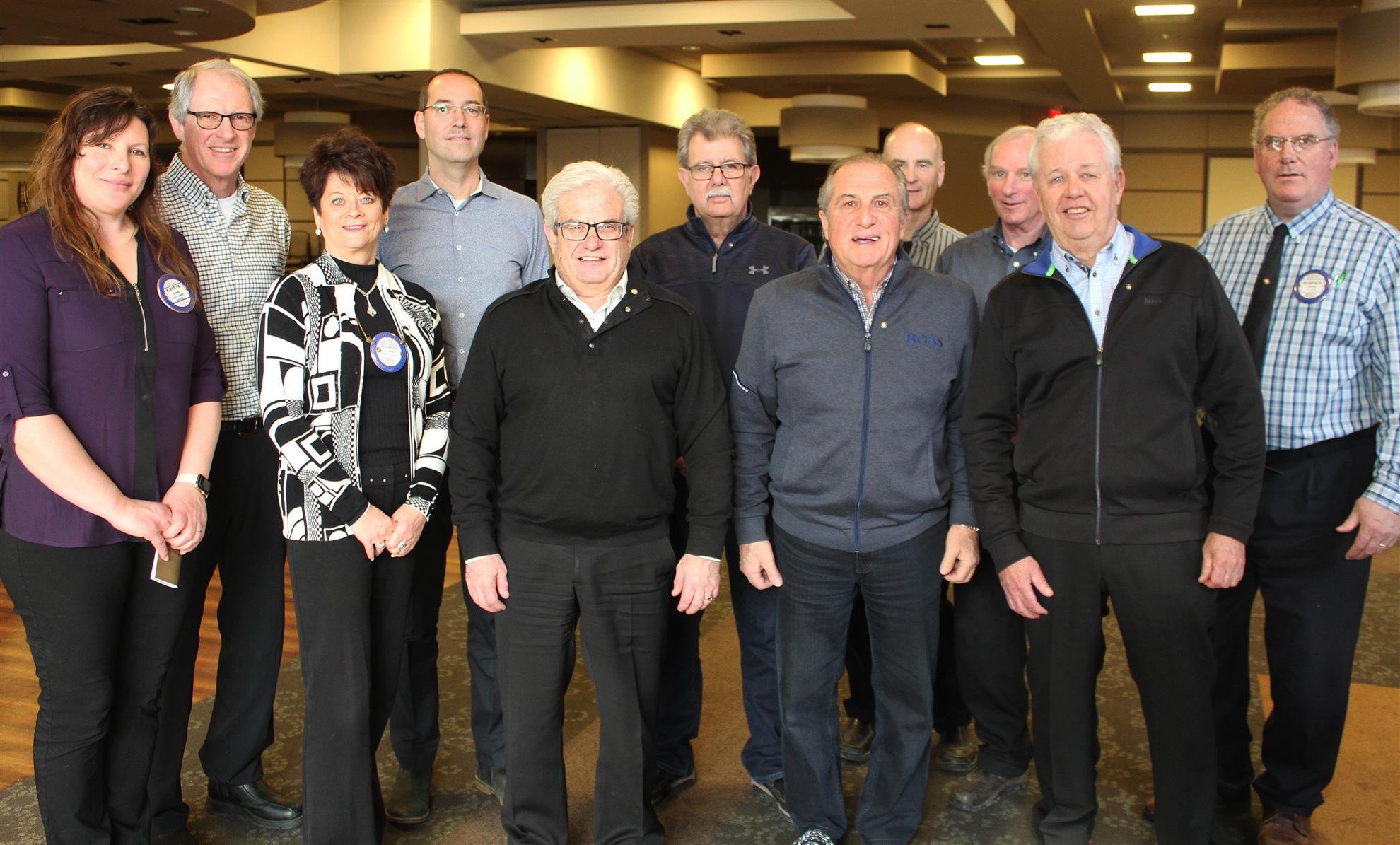
The National Association of Broadcasters bestows the annual NAB Marconi Radio Awards also for outstanding radio programmes and stations. In 2001, Great Britain released a commemorative £2 coin celebrating the 100th anniversary of Marconi's first wireless communication. On 12 June 1927 Marconi went on to marry Maria Cristina Bezzi-Scali (2 April 1900 – 15 July 1994), the only daughter of Francesco, Count Bezzi-Scali. To do this he had to be confirmed in the Catholic faith and became a devout member of the Church.
Will usually ship within 3 business days of receiving cleared payment. Marconi Wireless Telegraphy Station on Oahu's North Shore, briefly the world's most powerful telegraph station. In 1914, Marconi was made a Senator in the Senate of the Kingdom of Italy and appointed Honorary Knight Grand Cross of the Royal Victorian Order in the UK. During World War I, Italy joined the Allied side of the conflict, and Marconi was placed in charge of the Italian military's radio service. He attained the rank of lieutenant in the Italian Royal Army and of commander in the Regia Marina. Between the ages of two and six, Marconi and his elder brother Alfonso lived with their mother in the English town of Bedford.

The Marconi National Historic Sites of Canada was created by Parks Canada as a tribute to Marconi's vision in the development of radio telecommunications. The first official wireless message was sent from this location by the Atlantic Ocean to England in 1902. The museum site is located in Glace Bay, Nova Scotia, at Table Head on Timmerman Street. Marconi's early experiments in wireless telegraphy were the subject of two IEEE Milestones; one in Switzerland in 2003 and most recently in Italy in 2011.
Physicists generally looked on radio waves as an invisible form of light that could only travel along a line of sight path, limiting its range to the visual horizon like existing forms of visual signaling. Hertz's death in 1894 brought published reviews of his earlier discoveries including a demonstration on the transmission and detection of radio waves by the British physicist Oliver Lodge and an article about Hertz's work by Augusto Righi. Righi's article renewed Marconi's interest in developing a wireless telegraphy system based on radio waves, a line of inquiry that Marconi noted other inventors did not seem to be pursuing. Somewhat belatedly, the company did begin significant work with continuous-wave equipment beginning in 1915, after the introduction of the oscillating vacuum tube .

The message was received by the radio operator of the South Foreland lighthouse, who summoned the aid of the Ramsgate lifeboat. On 17 December 1902, a transmission from the Marconi station in Glace Bay, Nova Scotia, Canada, became the world's first radio message to cross the Atlantic from North America. In 1901, Marconi built a station near South Wellfleet, Massachusetts, that sent a message of greetings on 18 January 1903 from United States President Theodore Roosevelt to King Edward VII of the United Kingdom.


